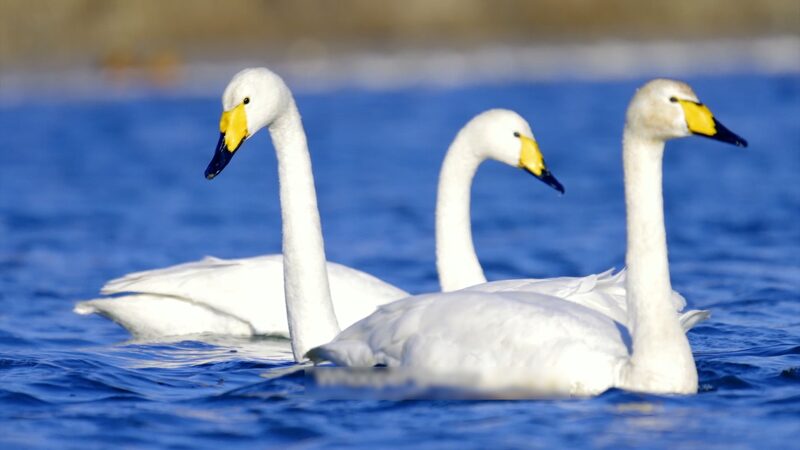When March arrives, the frosty silence along northern China’s coast gives way to a symphony of life. From the mudflats of Liaodong Bay to the estuaries of the Lianhe River, nature’s rhythm quickens as migratory species return and newborn animals take their first steps.
A Nursery for Spotted Seals
The Lianhe River Delta becomes a crucial sanctuary for spotted seal pups in early spring. Over 300 pups are born annually here, learning to swim and hunt under the watchful eyes of their mothers. These playful mammals, classified as a nationally protected species, rely on the region’s ice floes and sheltered waters during their vulnerable early weeks.
Feathered Migrants Return
Whooper swans, having wintered in the brackish wetlands, linger until mid-March before flying north. Meanwhile, flocks of dunlins and redshanks—traveling up to 10,000 km from Australasia—descend on tidal zones to refuel. “The mudflat ecosystems here support over 50 migratory bird species,” notes marine biologist Dr. Li Wei. “It’s a globally significant stopover on the East Asian-Australasian Flyway.”
Conservation Meets Ecotourism
Local communities balance protection efforts with sustainable tourism. Guided boat tours now use electric motors to minimize disturbance, while citizen science programs engage visitors in wildlife monitoring. This approach has helped increase the spotted seal population by 15% since 2020, according to provincial ecological reports.
Reference(s):
cgtn.com




